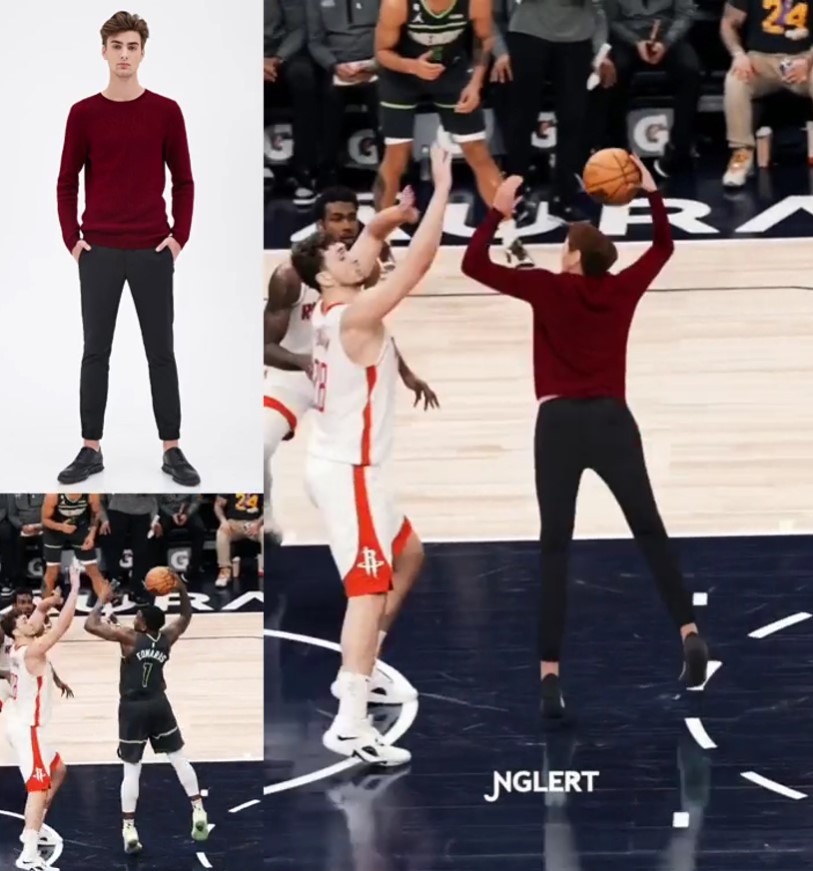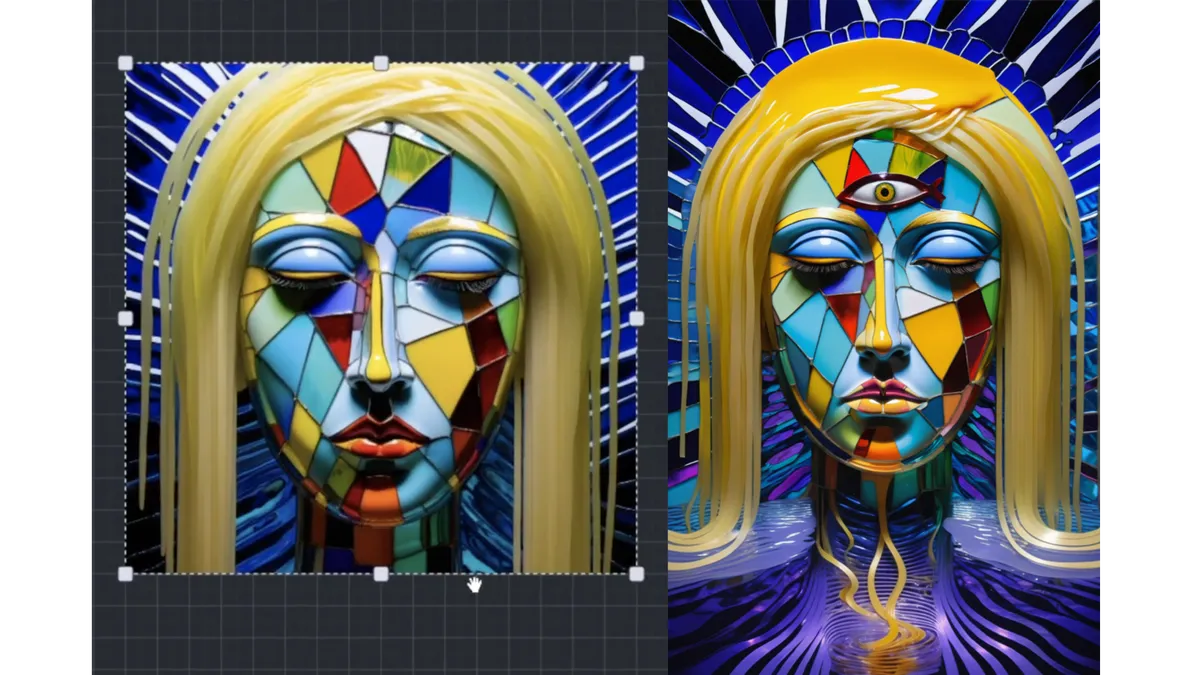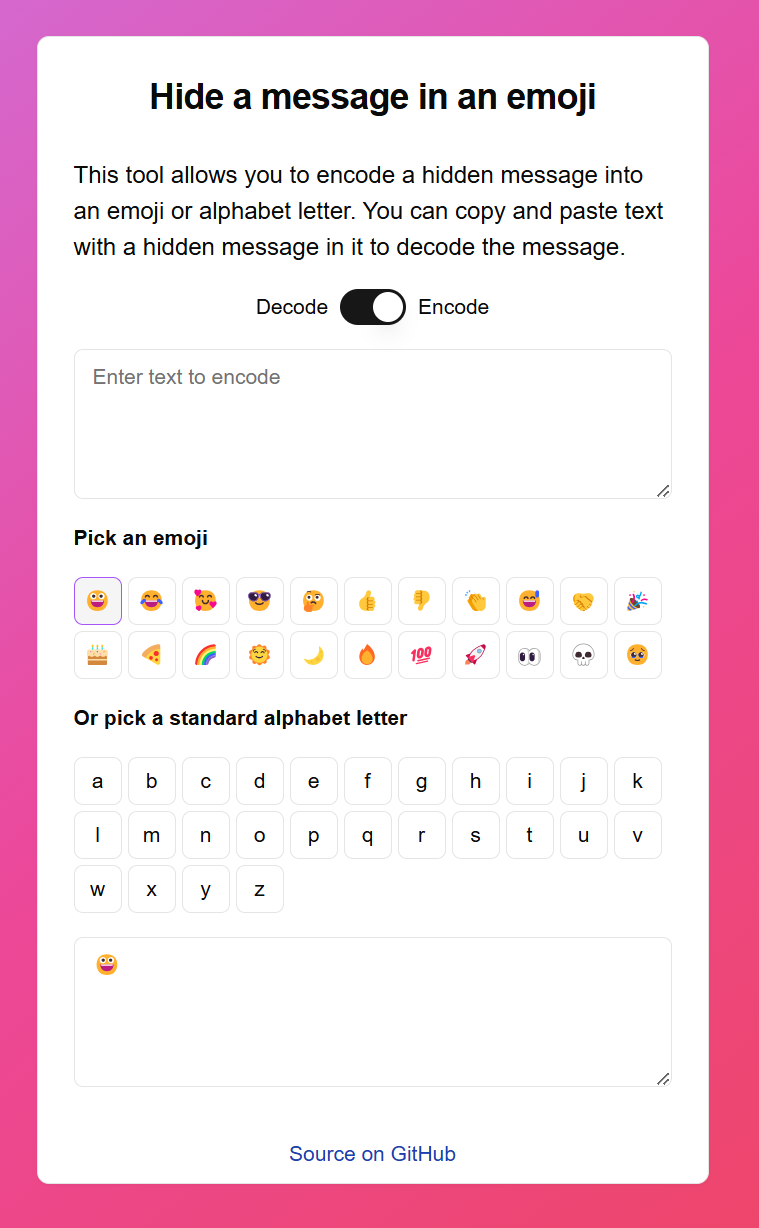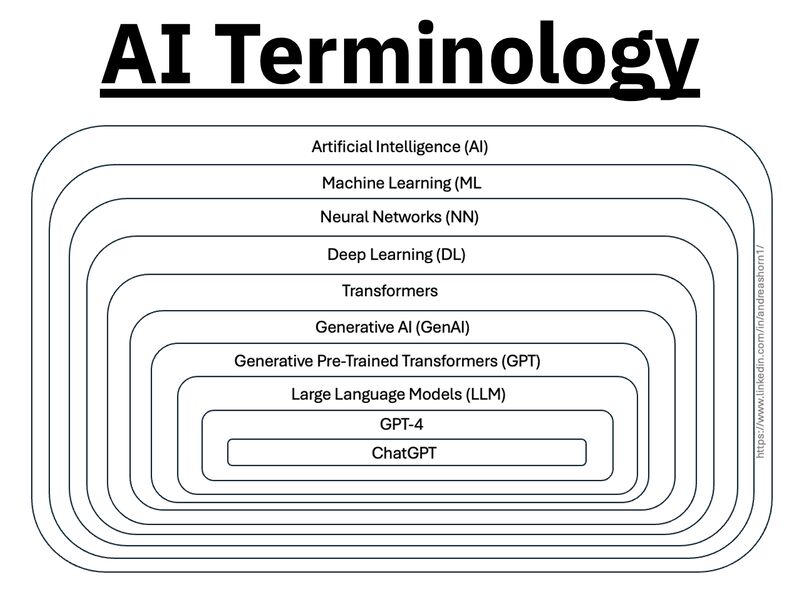BREAKING NEWS
LATEST POSTS
-
AI and the Law – InvokeAI Got a Copyright for an Image Made Entirely With AI. Here’s How
-
Micro LED displays
Micro LED displays are a cutting-edge technology that promise significant improvements over existing display methods like OLED and LCD. By using tiny, individual LEDs for each pixel, these displays can deliver exceptional brightness, contrast, and energy efficiency. Their inherent durability and superior performance make them an attractive option for high-end consumer electronics, wearable devices, and even large-scale display panels.
The technology is seen as the future of display innovation, aiming to merge high-quality visuals with low power consumption and long-lasting performance.Despite their advantages, micro LED displays face substantial manufacturing hurdles that have slowed their mass-market adoption. The production process requires the precise transfer and alignment of millions of microscopic LEDs onto a substrate—a task that is both technically challenging and cost-intensive. Issues with yield, scalability, and quality control continue to persist, making it difficult to achieve the economies of scale necessary for widespread commercial use. As industry leaders invest heavily in research and development to overcome these obstacles, the technology remains on the cusp of becoming a viable alternative to current display technologies.
-
Nvidia CUDA Toolkit – a development environment for creating high-performance, GPU-accelerated applications
https://developer.nvidia.com/cuda-toolkit
With it, you can develop, optimize, and deploy your applications on GPU-accelerated embedded systems, desktop workstations, enterprise data centers, cloud-based platforms, and supercomputers. The toolkit includes GPU-accelerated libraries, debugging and optimization tools, a C/C++ compiler, and a runtime library.
https://www.youtube.com/watch?v=-P28LKWTzrI
Check your Cuda version, it will be the release version here:
>>> nvcc --version nvcc: NVIDIA (R) Cuda compiler driver Copyright (c) 2005-2024 NVIDIA Corporation Built on Wed_Apr_17_19:36:51_Pacific_Daylight_Time_2024 Cuda compilation tools, release 12.5, V12.5.40 Build cuda_12.5.r12.5/compiler.34177558_0or from here:
>>> nvidia-smi Mon Jun 16 12:35:20 2025 +-----------------------------------------------------------------------------------------+ | NVIDIA-SMI 555.85 Driver Version: 555.85 CUDA Version: 12.5 | |-----------------------------------------+------------------------+----------------------+
FEATURED POSTS
-
Animation/VFX/Game Industry JOB POSTINGS by Chris Mayne
Chris is now using Google’s Looker Studio (this may better help those that aren’t able to use the filters on the spreadsheet):
https://lookerstudio.google.com/u/0/reporting/2f39b56e-7393-4aa2-9fd5-bf8bf615c95f/page/5koHB
Older format: docs.google.com/spreadsheets/d/1eR2oAXOuflr8CZeGoz3JTrsgNj3KuefbdXJOmNtjEVM/edit#gid=0
For any studios that would like to add positions to this, please feel free to use the following form:
https://docs.google.com/forms/d/e/1FAIpQLSeXziY3GQ8N7bxM-GxwDoZ7AimguHru0105PLVQtNYygswIlw/viewform
-
DiffusionLight: HDRI Light Probes for Free by Painting a Chrome Ball
https://diffusionlight.github.io/
https://github.com/DiffusionLight/DiffusionLight
https://github.com/DiffusionLight/DiffusionLight?tab=MIT-1-ov-file#readme
https://colab.research.google.com/drive/15pC4qb9mEtRYsW3utXkk-jnaeVxUy-0S
“a simple yet effective technique to estimate lighting in a single input image. Current techniques rely heavily on HDR panorama datasets to train neural networks to regress an input with limited field-of-view to a full environment map. However, these approaches often struggle with real-world, uncontrolled settings due to the limited diversity and size of their datasets. To address this problem, we leverage diffusion models trained on billions of standard images to render a chrome ball into the input image. Despite its simplicity, this task remains challenging: the diffusion models often insert incorrect or inconsistent objects and cannot readily generate images in HDR format. Our research uncovers a surprising relationship between the appearance of chrome balls and the initial diffusion noise map, which we utilize to consistently generate high-quality chrome balls. We further fine-tune an LDR difusion model (Stable Diffusion XL) with LoRA, enabling it to perform exposure bracketing for HDR light estimation. Our method produces convincing light estimates across diverse settings and demonstrates superior generalization to in-the-wild scenarios.”














